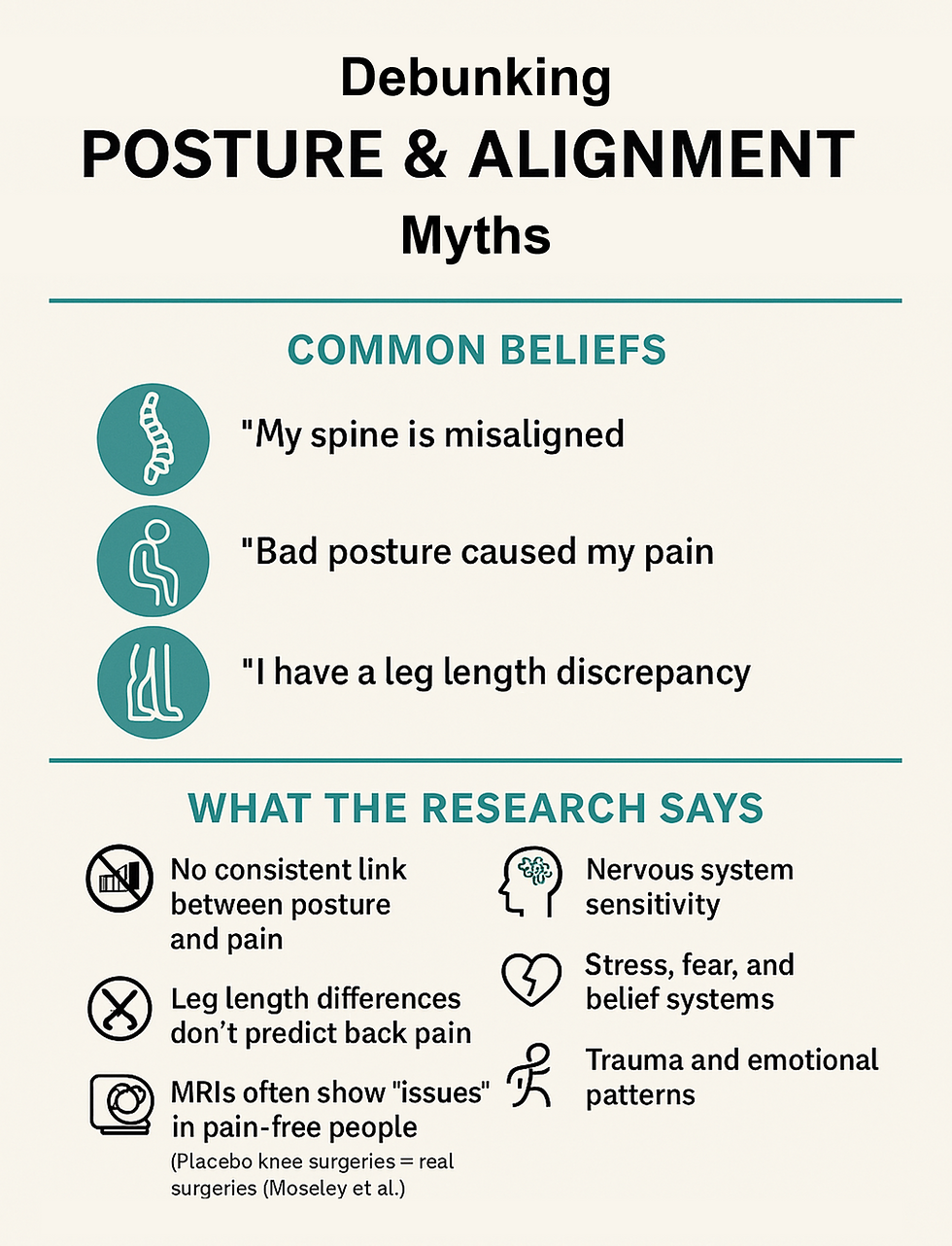Harnessing the Healing Power of Breath: A Journey to Pain Relief
- Mia Khalil

- Nov 21, 2023
- 3 min read
Updated: Feb 11
In the fast-paced rhythm of our modern lives, we often overlook the profound influence that something as simple as our breath can have on our overall well-being. Beyond sustaining life, the breath holds an incredible power to heal, especially when alleviating pain. This blog explores the ancient wisdom and contemporary science behind the transformative potential of mindful breathing in the journey to pain relief.
Access a free 15-minute guided meditation to promote well-being by anchoring the breath to healing here.
The Mind-Body Connection
The connection between the mind and body is fundamental to holistic health. Pain, whether physical or emotional, can disrupt this delicate balance. Understanding the interplay between the mind and body is crucial for unlocking the healing potential of the breath.
Mindful Breathing Techniques
1. Diaphragmatic Breathing
Begin by finding a quiet space to sit or lie down comfortably. Place one hand on your chest and the other on your abdomen. Inhale deeply through your nose, allowing your diaphragm to expand and your abdomen to rise. Exhale slowly through your mouth, feeling your abdomen fall. Repeat this process, focusing on the rhythmic flow of your breath.
2. Square Breathing
Imagine tracing the sides of a square with your breath. Inhale for a count of four, hold your breath for four counts, exhale for four counts, and pause for another four counts. This technique helps regulate the breath and induces a sense of calm, easing both physical and emotional tension.
3. Alternate Nostril Breathing (Nadi Shodhana)
Sit comfortably and use your thumb and forefinger to alternately close one nostril while inhaling and exhaling through the other. This ancient yogic practice helps balance the right and left hemispheres of the brain, promoting relaxation and reducing pain.
4. Coherent Breath
Sit comfortably with your back straight or lie down on your back. Place your hands on your lap or by your sides. Begin by taking slow, deep breaths. Inhale through your nose, allowing your diaphragm to expand, and exhale through your mouth. Focus on making your breaths smooth, steady, and relaxed. Breathe in for a count of 5 seconds and then exhale for 5 seconds.
The Science Behind Breath and Pain
Scientific research supports the idea that mindful breathing can positively impact pain perception. When we engage in slow, deep breathing, the parasympathetic nervous system is activated, leading to a relaxation response. This, in turn, reduces the production of stress hormones and lowers the overall perception of pain.
Moreover, conscious breathing increases oxygen supply to the body, promoting better circulation and aiding in releasing endorphins – the body's natural painkillers. By fostering a mind-body connection, the breath becomes a powerful tool for managing chronic pain and enhancing overall well-being.
Incorporating Breathwork into Daily Life
The key to reaping the benefits of breathwork lies in its integration into our daily routines. Whether it's a dedicated meditation session, a few minutes of mindful breathing during a hectic day, or incorporating breathing exercises into a yoga practice, consistent engagement with the breath is key to unlocking its healing potential. As we navigate the complexities of pain and healing, the breath emerges as a steadfast companion on our journey to wellness. By tapping into the innate power of mindful breathing, we connect with the present moment and pave the way for profound healing, both physically and emotionally. Let the rhythmic dance of inhalation and exhalation guide you towards greater well-being, where the breath becomes a source of solace and strength in the face of life's challenges.

.png)
.png)



Comments